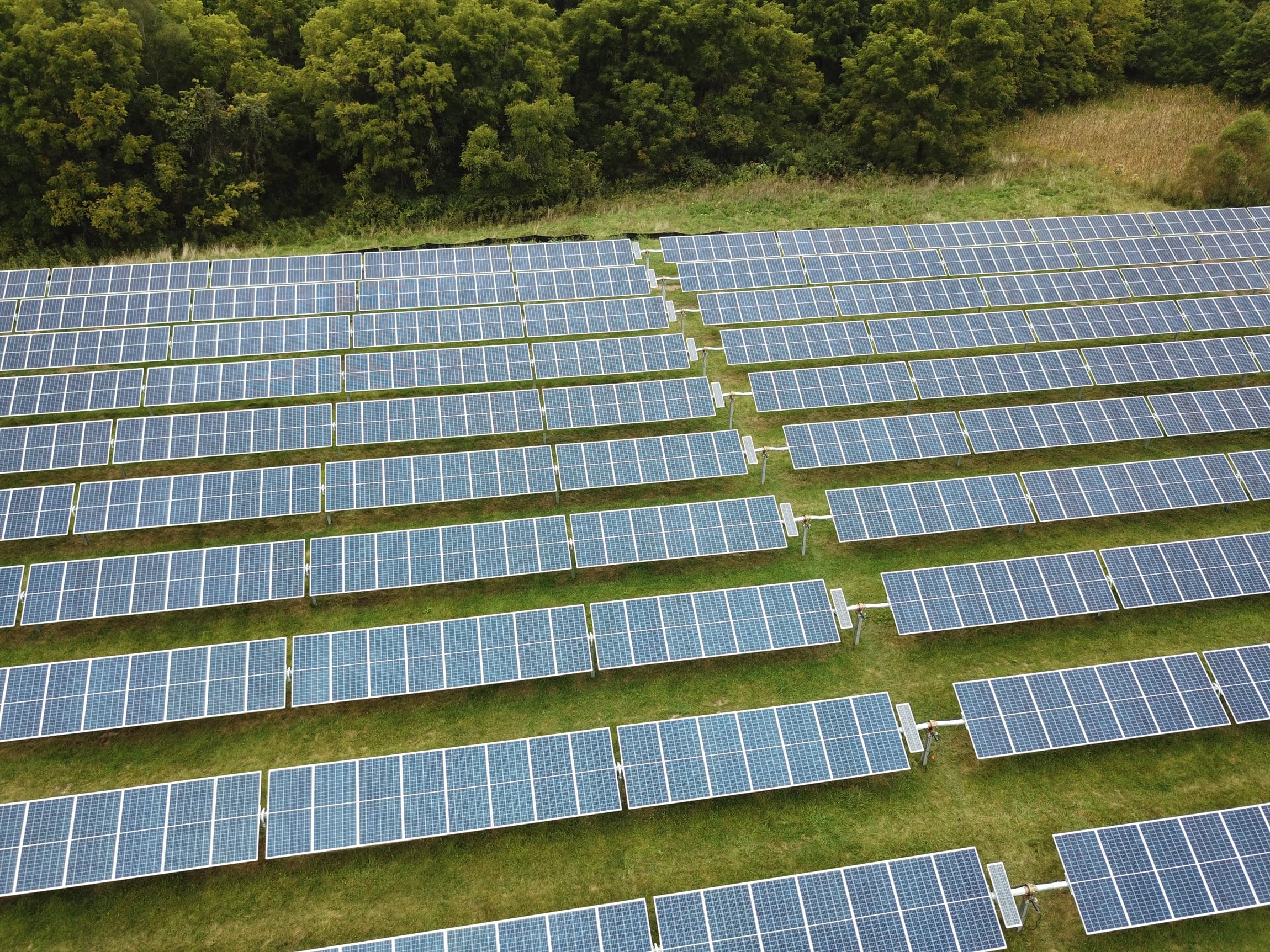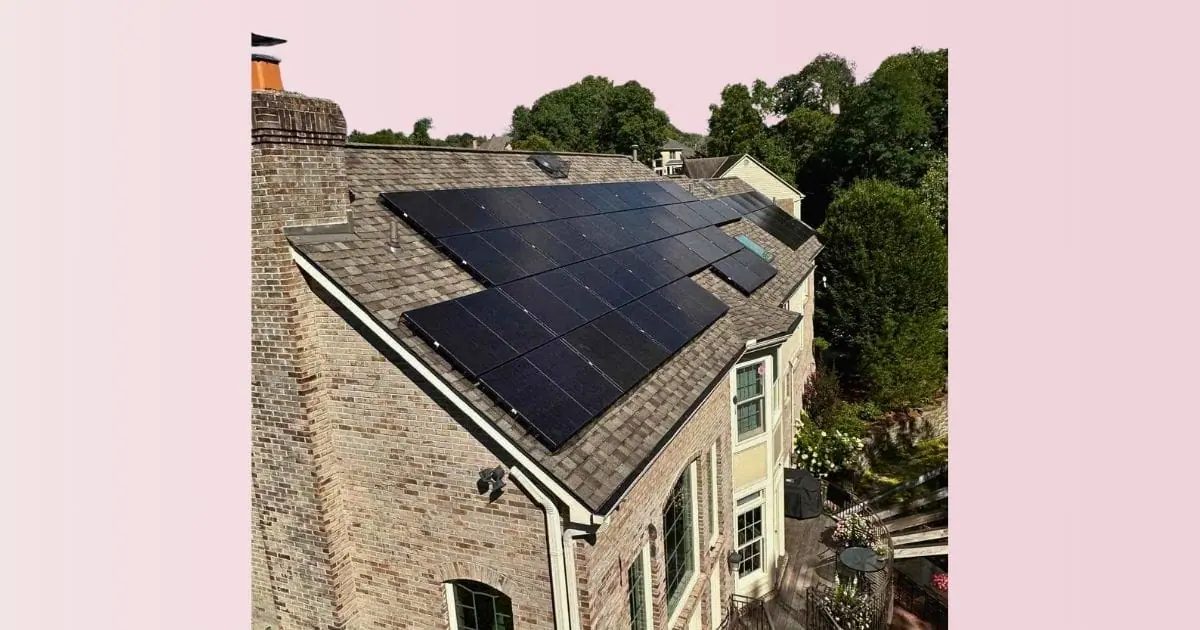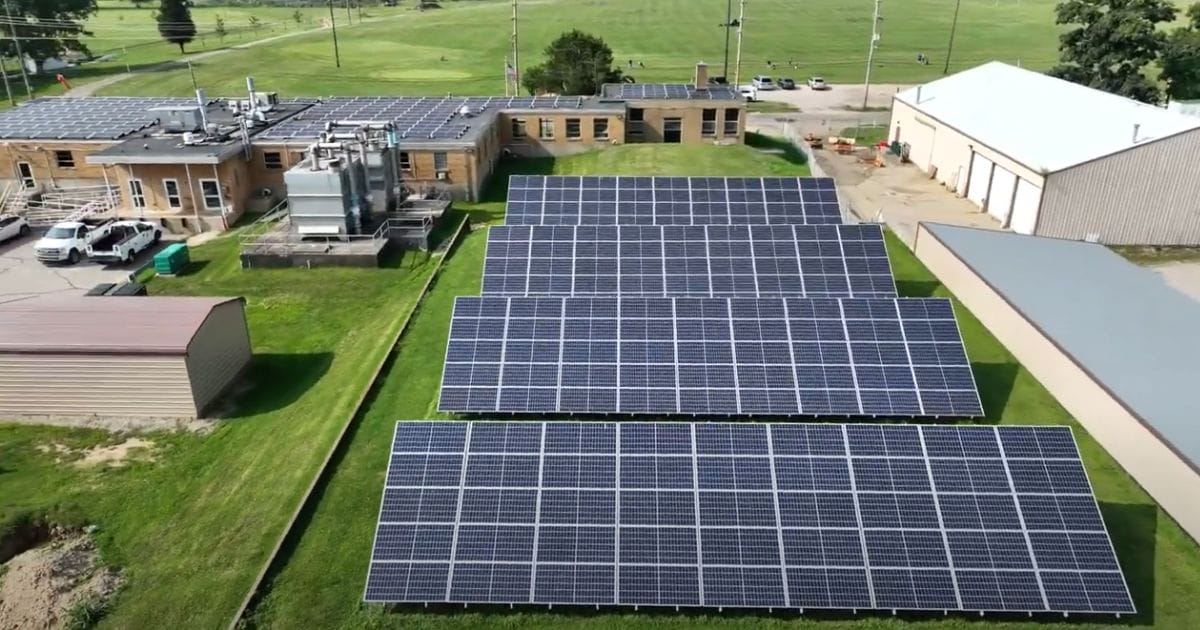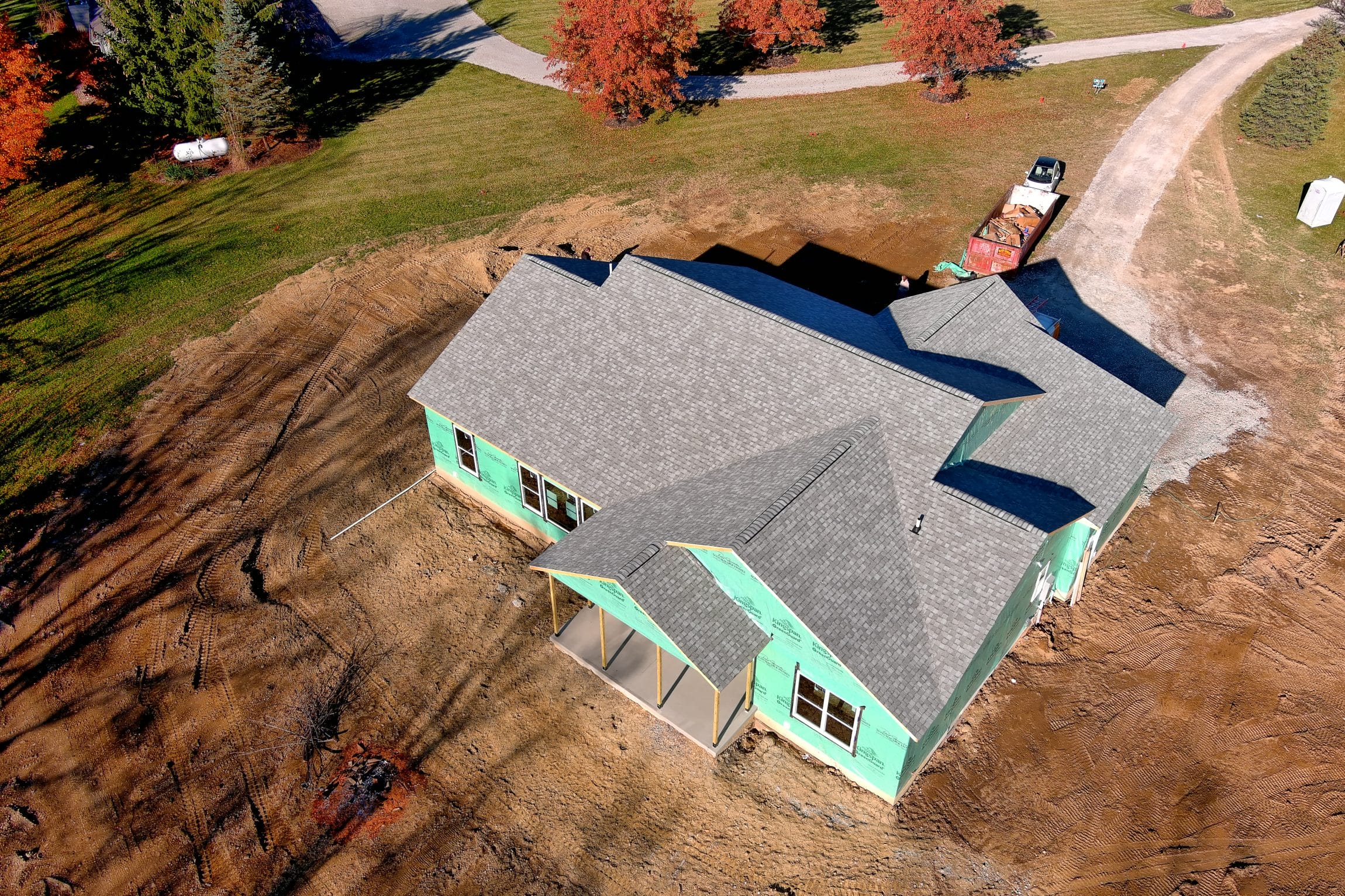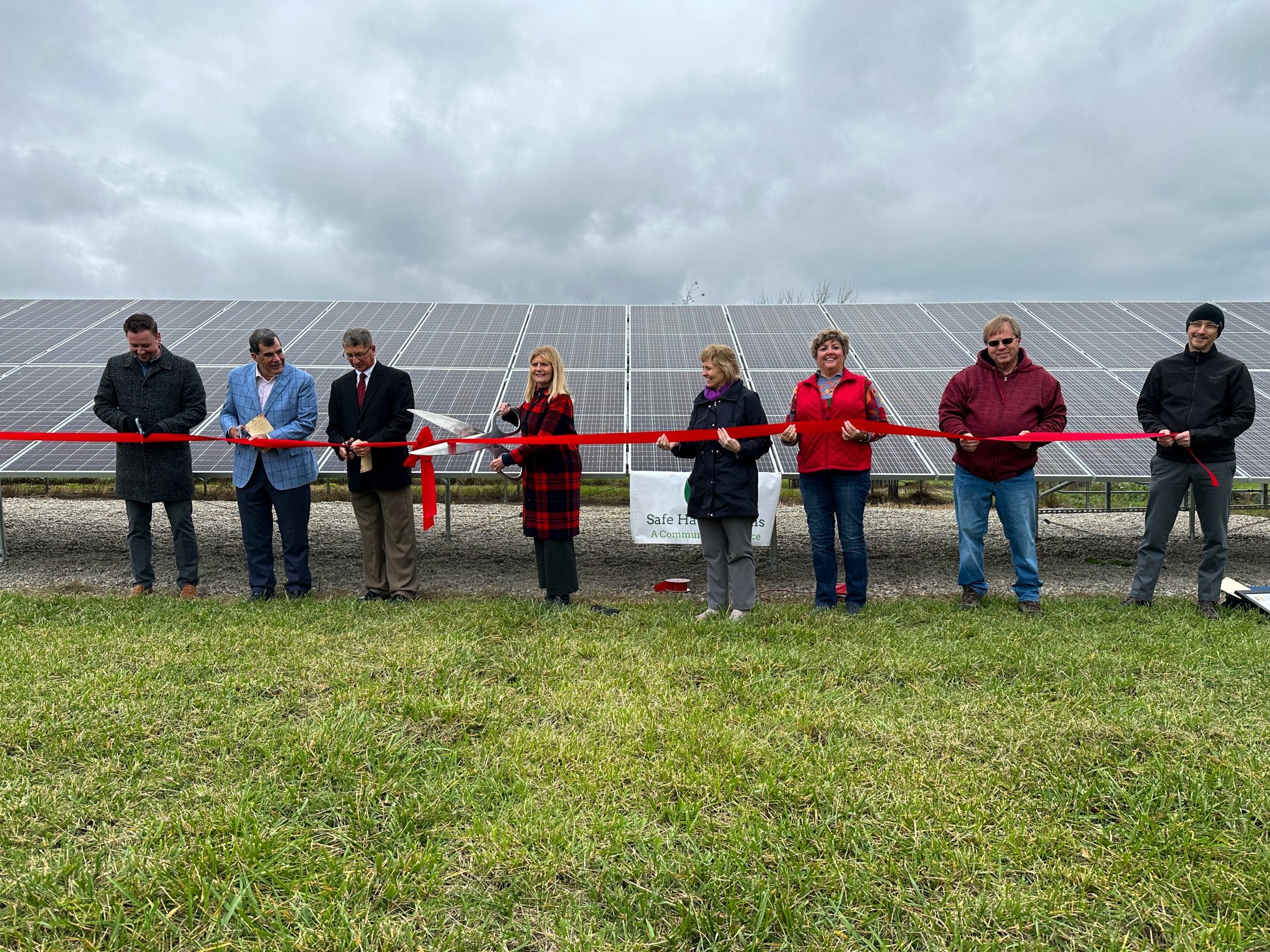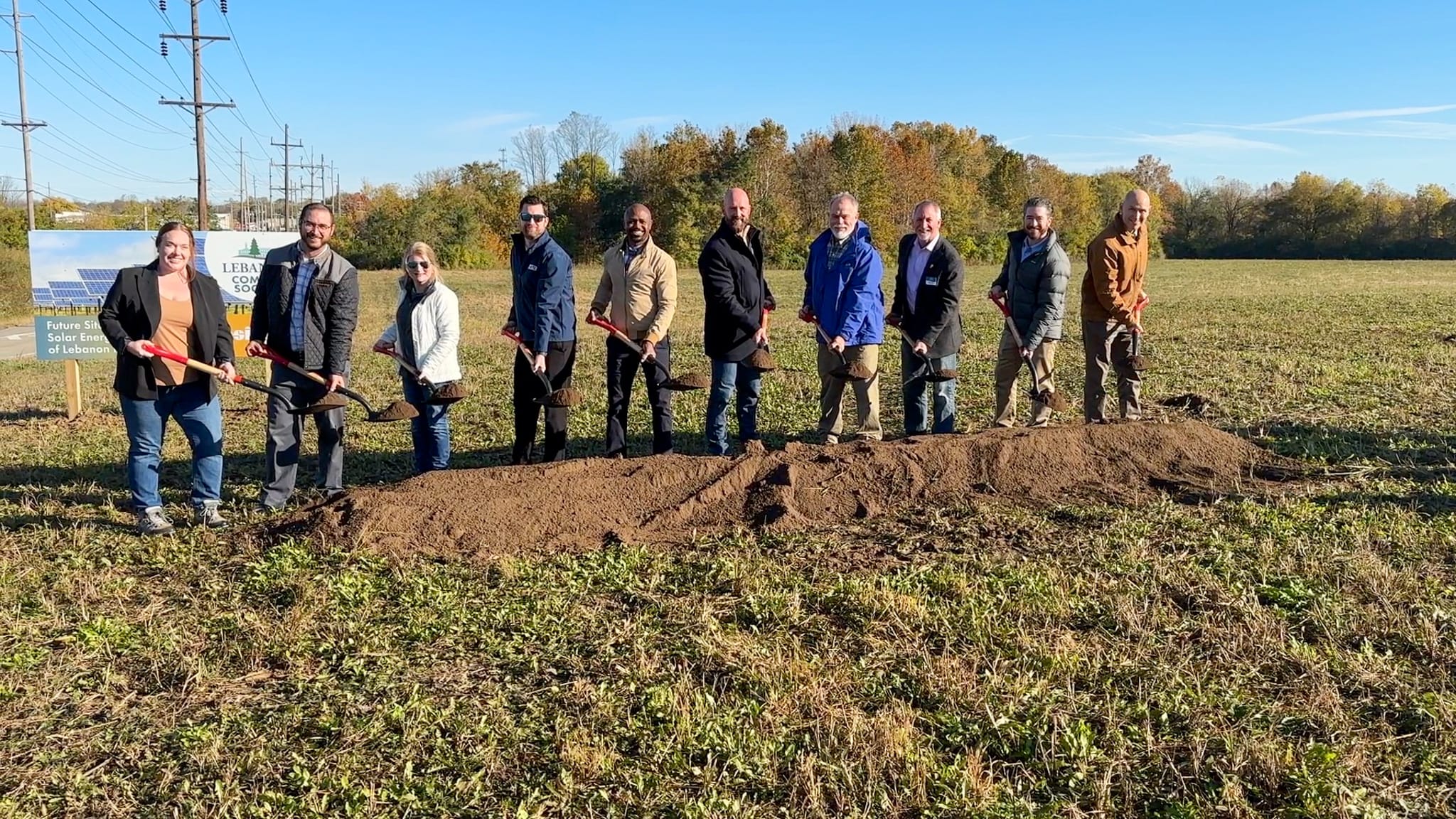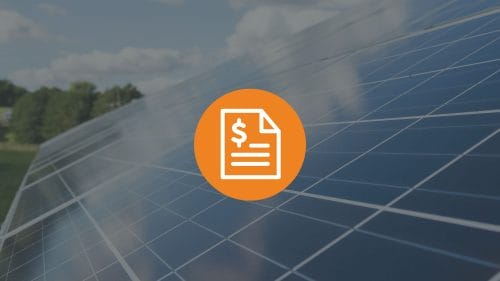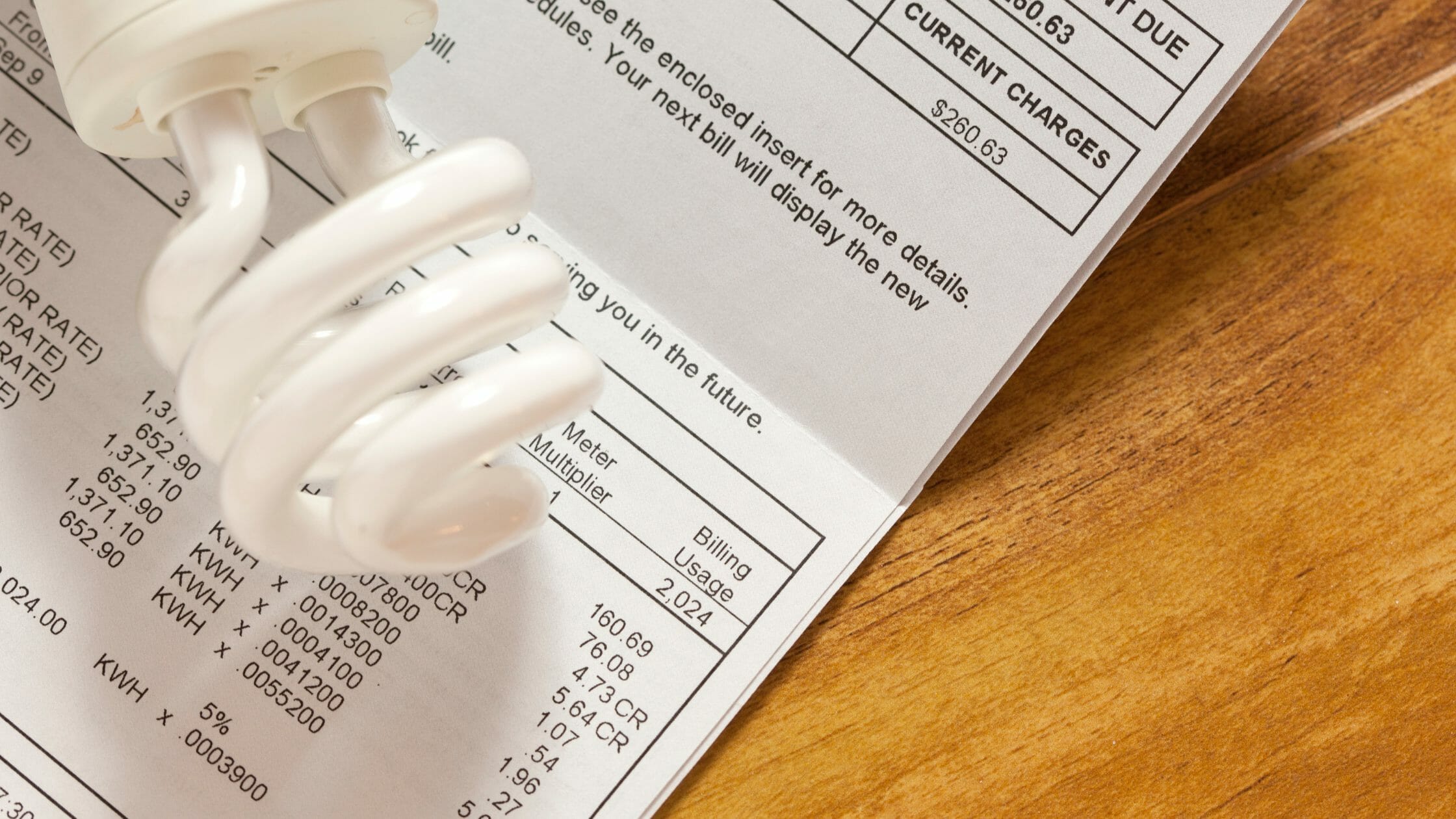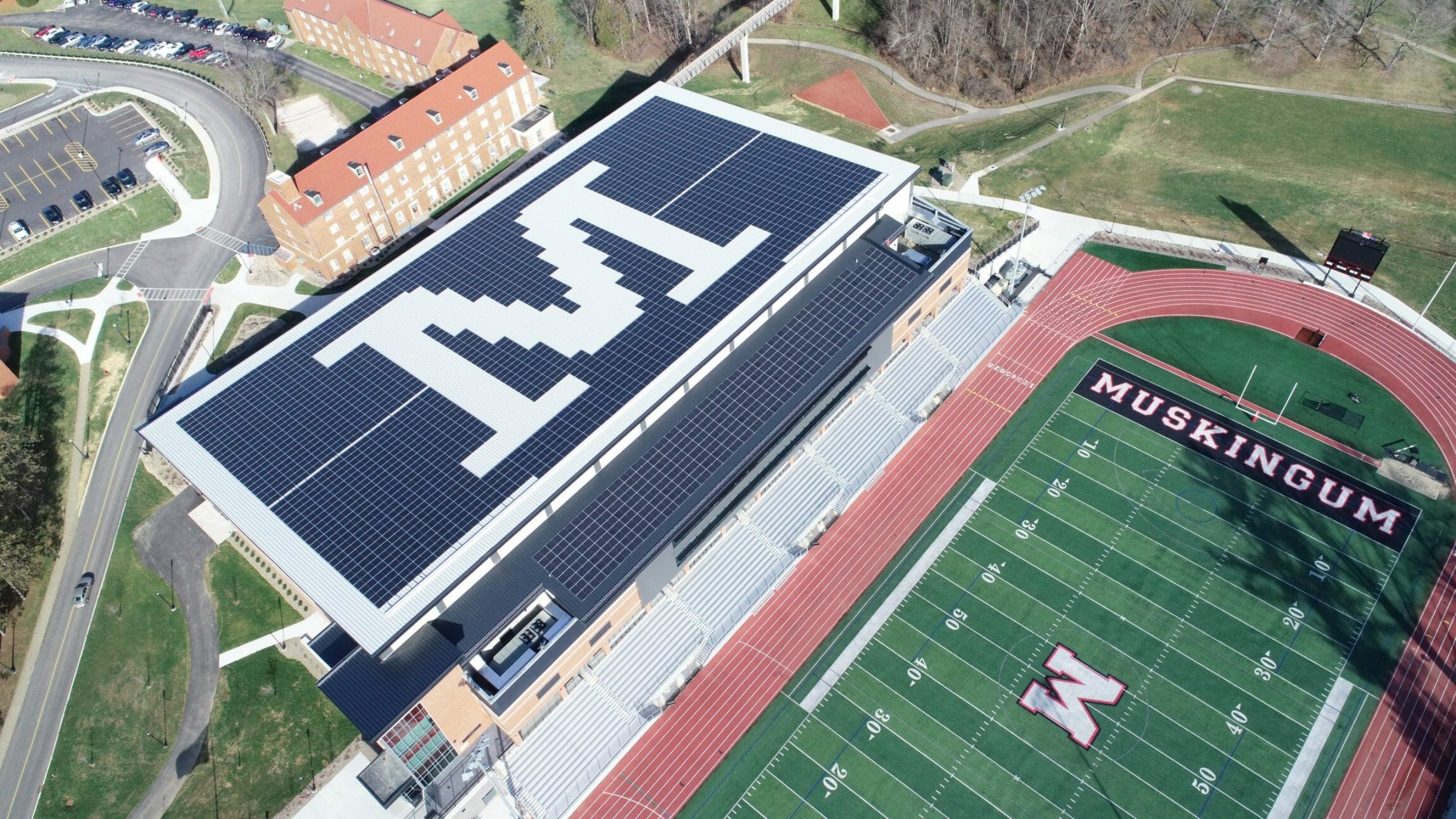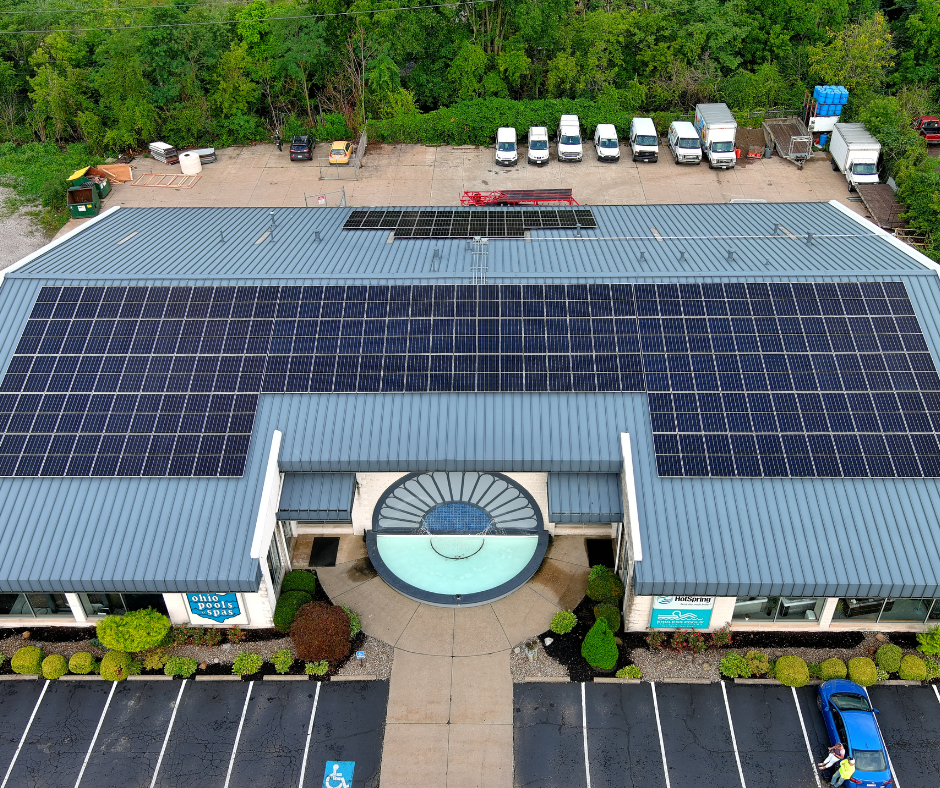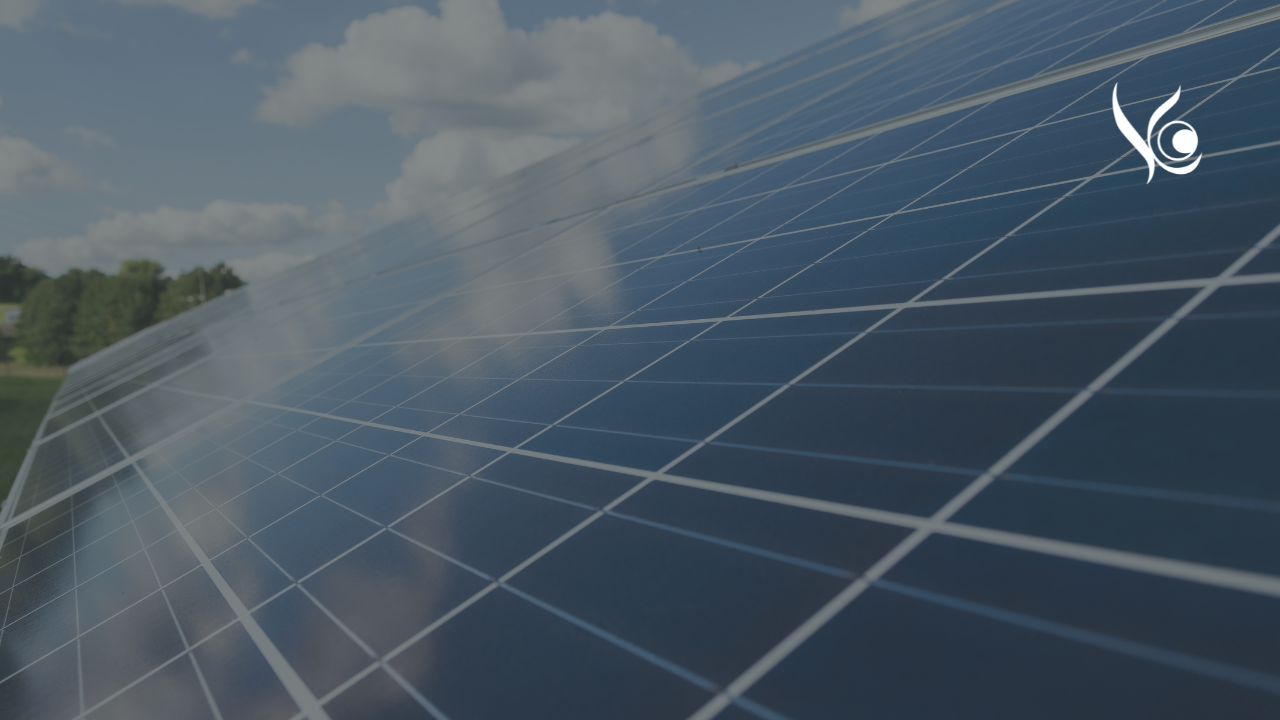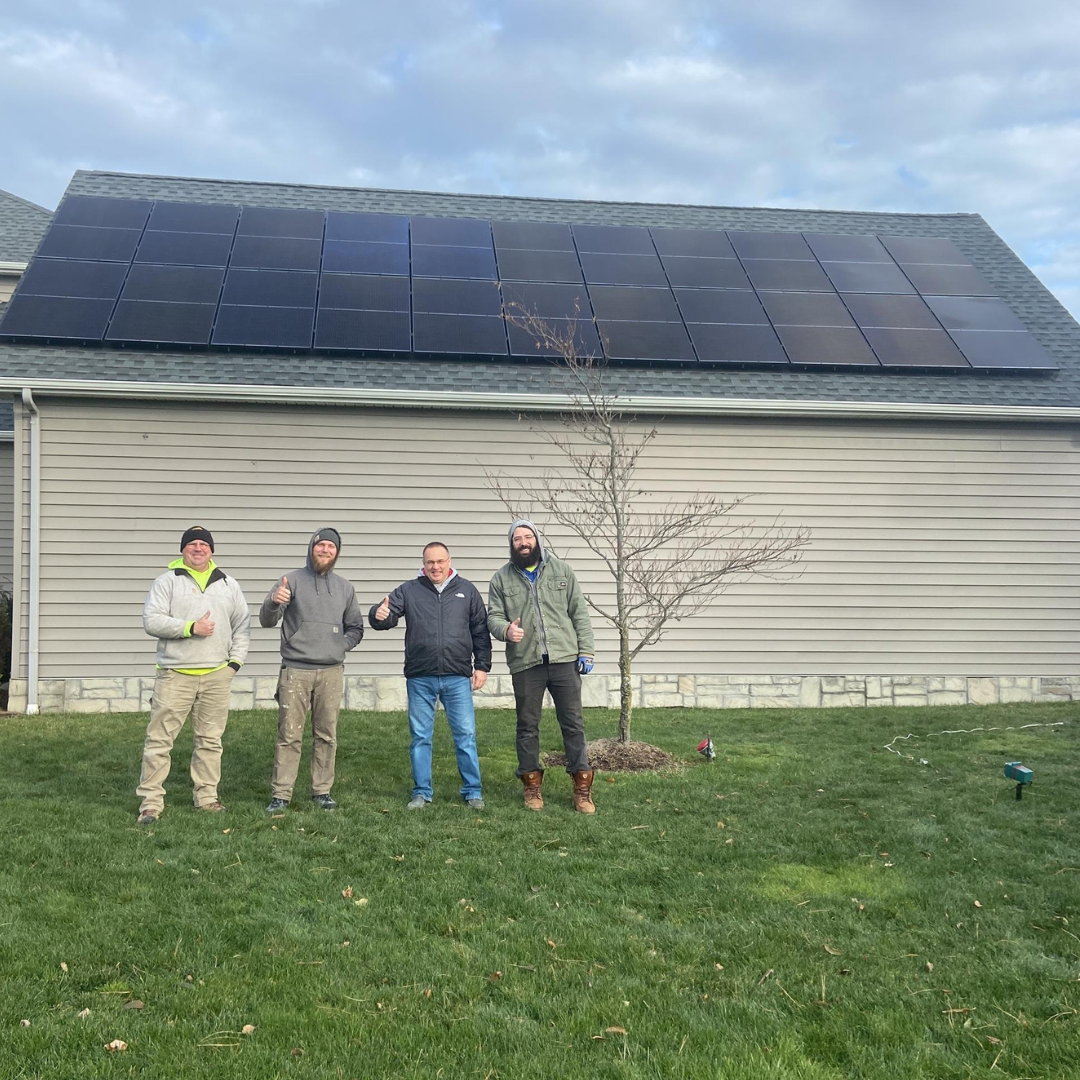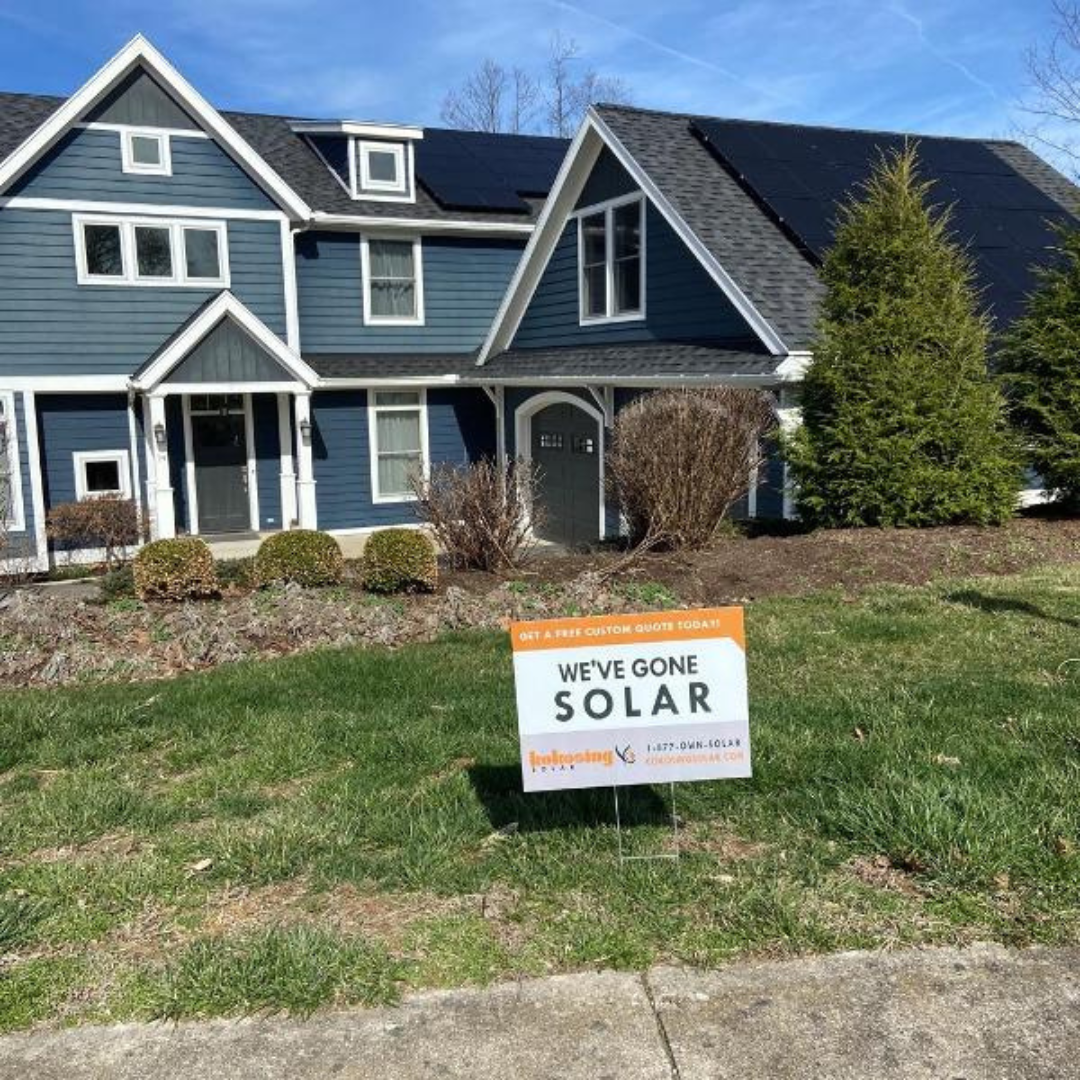Solar System Service and Maintenance with a Trusted Installer
Have you ever made a major purchase and wondered what your service and maintenance would be like after taking the plunge?
If you are like me, you certainly have.
For me, one of the main things I worry about after I sign the papers is how I will be treated when I need help.
Will my purchase be serviced when I need it to be? Will my partner still be in business years down the road?
I like to plan for the future, and have a roadmap of what is ahead. I use this methodology in almost every purchase I make and encourage our customers to do the same.
Buying a solar system (or a solar system with storage) is an investment in your future. It’s an investment that will last for 25+ years. You want to make sure that your investment is protected once you have made the purchase. And that solar service and maintenance will be smooth when and if the time comes.
As you research potential solar partners, one main factor you will want to look into is the Service Team of your solar partner to ensure they have experience and the ability to take care of you after the purchase.
Solar System Service and Maintenance
While solar systems and storage are generally low maintenance and come with manufacturer warranties, issues can arise over time.
Over the last year, we have experienced some national solar companies, and even some Ohio-based solar companies close their doors and leave their customers with both a monthly electric bill and a payment for their solar system (due to the system not functioning properly).
Customers simply cannot afford to pay long-term for both; it’s why they went solar to own their future and lock in their utility rates.
These customers tried tirelessly to contact their solar installer and were unable to connect with them all while trying to figure out how to get their systems up and running.
Kokosing Solar’s Mission
It was frankly heartbreaking to hear some of the stories of these customers, and at the same time, it was very rewarding when our team was able to get their systems up and running successfully, many of which had been down for months.
Many of these customers expressed their deep gratitude and wished they had worked with our team prior to their solar installations.
We pride ourselves on our 23 years of solar experience and servicing customers in the best possible way.
While we hope our customer’s systems never experience maintenance issues, some do, and just like with all things, they must be maintained.
Our Service Team is staffed and ready to take calls from customers, whether it is remote troubleshooting because someone got a new internet provider and need just to reset their internet router, or to deploy out to a customer’s home who has experienced an onsite issue that needs to be addressed by our experienced technicians.
Our technicians started their careers installing some of the very systems they are out servicing today. Not only do we have a long-term tenure installing solar, but many of our team members also have over five years of installation experience in the industry before they became service technicians.
Understanding a Solar System Service Department
How do you know if the company you are talking to has a service department?
Simply ask them.
Also, ask them how long they have been in business, what their warranty is, how will they help you, the customer, with warranty claims should they arise, how quickly they can deploy if there is an issue, and if they offer any service protection packages.
Remember to research the service you will get after you purchase your solar system.
You own that system, and you want to ensure it is well maintained, and if you experience an issue, your trusted solar installer will be there to support you and get your system running again.
Choosing a Trusted Solar Installation Partner
There is so much uncertainty in the world today, but one thing you should be certain about is choosing a trusted partner.
Buying a solar system and/or a solar with a battery system is an investment, and our team is here to provide you with a workmanship warranty, help with manufacturer warranties, and share our 20+ years of solar experience with you as we maintain your system.
We offer stability for the future as we will be here for many years to come to ensure your investment can be serviced by a knowledgeable and expert team.
One thing is for sure, our team will provide you with excellent service, answer all your questions, and do all we can to get your serviced quickly to ensure when the sun rises tomorrow you are generating solar production to keep your rates locked in.
When you’re ready to start owning your future – reach out and we will answer all the questions you have at this stage of your solar journey.


